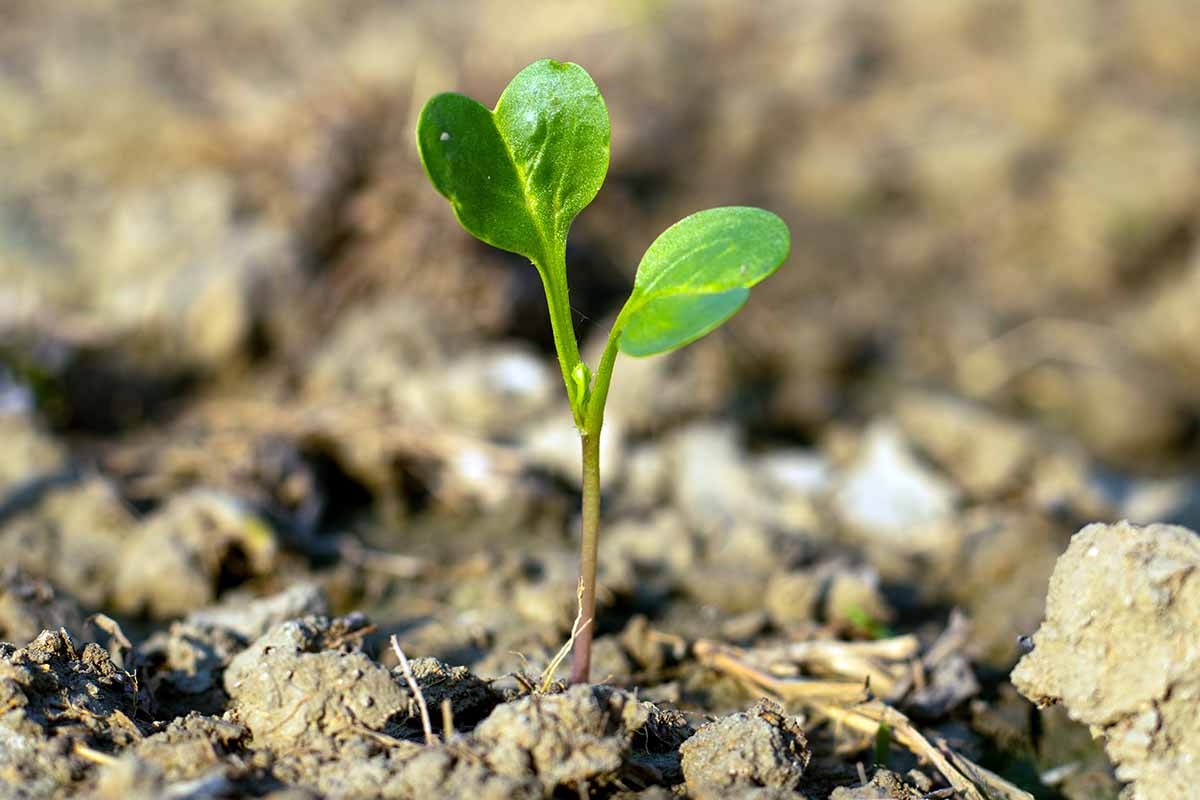Lily of the valley is a beautiful shade garden plant that blooms with lovely, fragrant flowers in the spring. But if your lily of the valley won’t bloom, it can be disappointing to see only green leaves and no flowers.
The good news is that it’s usually an easy fix to get your lily of the valley blooming abundantly again. Here are the most common reasons why lily of the valley may fail to flower and what to do to enjoy those pretty bells next spring.
Reasons Why Lily of the Valley Won’t Bloom
1. Immature Plants
It can take a year or two for lily of the valley to grow roots and start flowering. If you just planted lily of the valley and it hasn’t bloomed yet, give it some time. Make sure it has the right conditions to grow, and as the plants get older, they should flower in the years to come.
2. Lack of Sun
While lily of the valley thrives in shade, it does need a few hours of morning sun to support prolific flowering Ensure plants get some early light but avoid hot afternoon sun. Dappled sunlight filtering through trees is ideal Too much shade prevents bud development.
3. Insufficient Water
Lily of the valley prefers consistently moist soil. If the bed gets too dry, especially when buds are forming, it will reduce flowering. Drought stress inhibits the plant’s ability to bloom. Water deeply once a week if rain is lacking.
4. Overcrowding
The fast-spreading roots can become overcrowded, which impedes flowering. Every 3-5 years, lift and divide congested clumps in fall. Replant divisions with plenty of space to grow.
5. Compacted Soil
Dense soil prevents proper air circulation and drainage. It also makes it hard for the roots to spread. Late winter: Use a garden fork to break up the bed and let air flow through it.
How to Get Lily of the Valley to Bloom Again
- Provide morning sunlight and afternoon shade
- Water weekly if soil gets dry when buds are forming
- Divide congested plants every few years
- Loosen compacted soil with a garden fork
- Mulch plants to maintain consistent moisture
- Be patient with new plantings to allow maturity
A little tweaking of the growing conditions is often all that’s needed to get lily of the valley blooming happily again. Pay attention to sunlight, soil moisture, and preventing overcrowding. With the right care, the sweet spring flowers will return.
And when the plants receive too much sunshine, bud set may not happen.
To ensure ample bud set, provide plants with part to full shade from about 10 o’clock in the morning onwards, to avoid hot afternoon sun.
When new plantings fail to bloom, it could be that they’re simply not mature enough to flower yet.

Generally, after planting it can take new stock up to two years to start blooming.
In the meantime, ensure they have optimal conditions for vigorous growth and be patient, when they’re well-established, flowers will follow.
Solving Lily of the Valley Growing Problems Like a Pro
FAQ
Why didn’t my lilies of the valley bloom?
️ Common Culprits Behind Blooming Woes Aim for a dappled shade environment that mimics their natural woodland habitat. Temperature swings can also throw your plant off its game. Lily-of-the-Valley prefers consistent conditions, so avoid placing it in spots where temperatures fluctuate wildly.
How to make lily of the valley bloom?
Plant the pips in a moist well-drained potting mix with the tips just visible above the soil. Place the container in a bright location, watering often enough to keep the soil moist, but not wet. Continue to water and wait for the flowers to appear in 3 to 4 weeks. Remove flower stems as the flowers fade.
How many years does it take for lily of the valley to bloom?
Lily of the valley typically takes two years to flower when planted bareroot. You can also score big bargains on lily of the valley by purchasing potted plants in summer or early fall, when plants aren’t flowering.
What to do when lilies don’t bloom?
If your lilies aren’t blooming, the most common reason is inadequate sunlight. Lilies need at least 6 hours of direct sunlight per day to flower properly. Other potential causes include improper watering, poor soil conditions, or the bulbs being too young or overcrowded.
